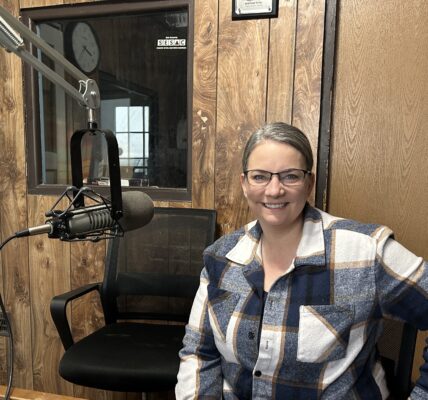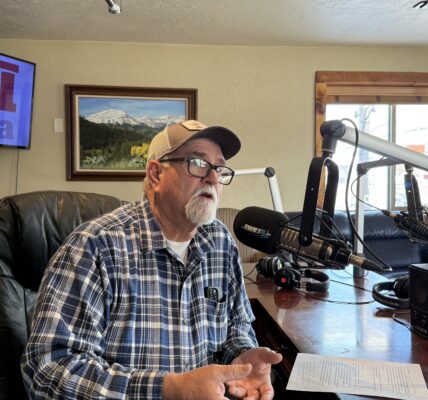
By Todd Hollingshead news.byu.edu
Animals in the wild are often smarter than we give them credit for. This time it’s the elk.
Research from BYU wildlife sciences professors finds that when hunting season starts, elk in Utah move off of public lands — where they can be hunted — and onto private lands — where they cannot be hunted. And then, when hunting season is over, they shift right back to public lands.
The state-funded study found elk’s use of public land decreased by over 30% by the middle of rifle season. “It’s crazy; on the opening day of the hunt, they move, and on the closing day they move back,” said study senior author and BYU professor Brock McMillan. “It’s almost like they’re thinking, ‘Oh, all these trucks are coming, it’s opening day, better move.”
“They understand death,” added co-author and fellow BYU professor Randy Larsen. “They get it; they’ve figured it out.”
While this is fascinating animal behavior, it’s actually quite problematic for the Utah Division of Wildlife Resources. That’s because dense elk populations can be harmful to habitats throughout the state, even disrupting farming operations as they are prone to steal food from livestock grazing on private lands and cause damage to farming infrastructure. In fact, they’re so disruptive that the state is bound by law to manage elk populations.
“The state had been getting complaints on both sides of the issue with elk migrating to private lands,” Larsen said. “One side says there are not enough elk to hunt — ‘Why are you issuing permits?’ — while private owners are saying ‘The elk are eating us out of house and home!’”
Helicopter flights counting elk following hunting seasons confirmed the problem: the elk had successfully found refuge from frustrated hunters on the private property of frustrated landowners, resulting in elk population sizes being significantly higher than the state is supposed to have by code.
Hoping to find a viable solution to prevent elk from migrating to private lands, the state added limited private-land hunting permits starting in 2016. BYU then jumped in to track the elk to see if the plan would work. Between January 2015 and March 2017, BYU researchers and students helped the DWR capture 445 male and female elk along the Wasatch Front in central Utah. The elk were fitted with GPS collars and released.
The teams then tracked the animals each season for three years and used logistic regression models and Bayesian change point analyses to determine the differences in daily use of public lands. They found the introduction of private-land hunting was successful in altering the distribution of elk across public land. During the 2015 hunting season, prior to the private-land hunting permits, their data showed elk at 29% of public land locations. Two years later they found the animals at 42% of those locations.
Study lead author Maksim Sergeyev, a BYU master’s student at the time of the study, said it’s not often your research shows a direct and clear link to application and management decisions.
“Allowing private-land elk hunting in collaboration with private landowners has helped Utah keep these elk populations in balance with their habitat,” said Sergeyev, now a Ph.D. candidate at Caesar Kleberg Wildlife Research Institute at Texas A&M University-Kingsville. “Now there are more elk on public lands when the hunt starts and less elk on private lands negatively impacting industries and habitats.”
As a result of the work, which was a collaborative effort funded by the State of Utah, Sportsmen for Fish and Wildlife, the Rocky Mountain Elk Foundation and other partners, Utah has now permanently implemented private-land hunting permits for elk. Hunters must coordinate with the private landowners on using those permits, but it now gives landowners the ability to take care of the problem as needed.
To read more about BYU’s Wild- life Ecology Research Lab, or to get involved, visit their web page here: https://pws.byu.edu/wildlife-ecology. The lab is lead by McMillan and Larsen.





